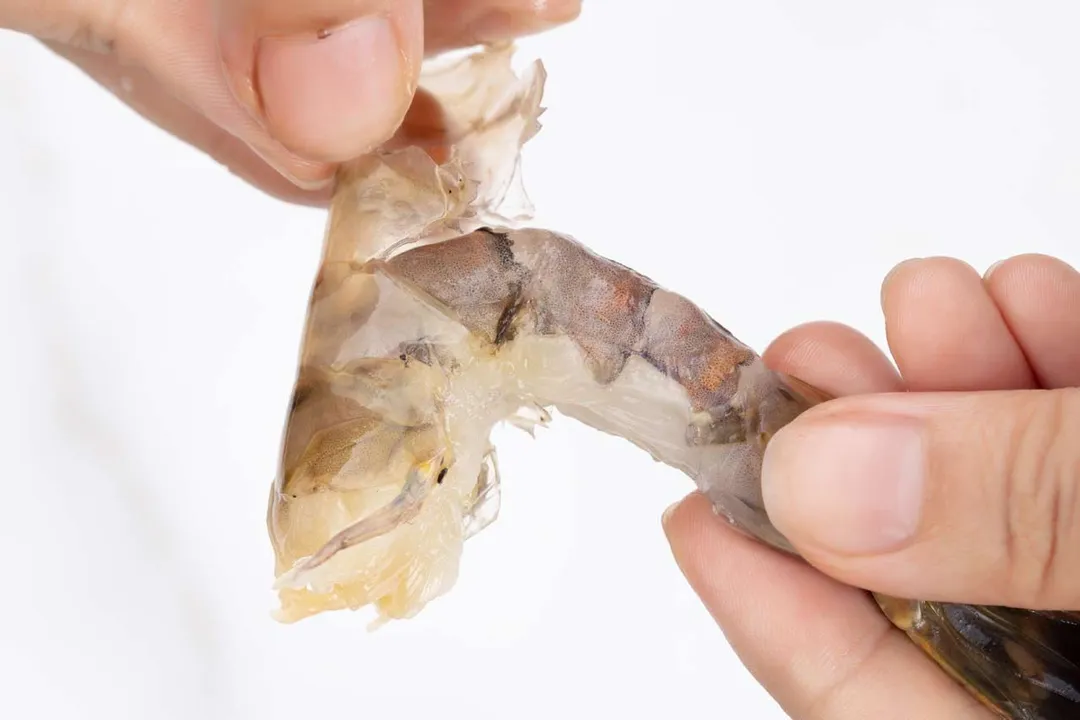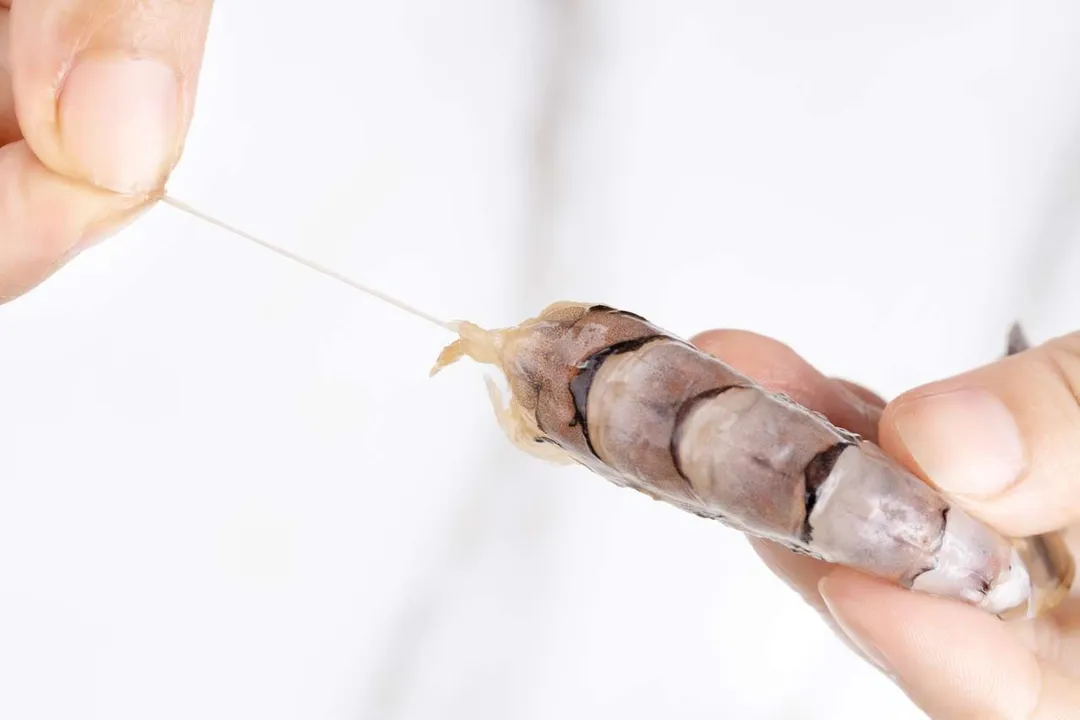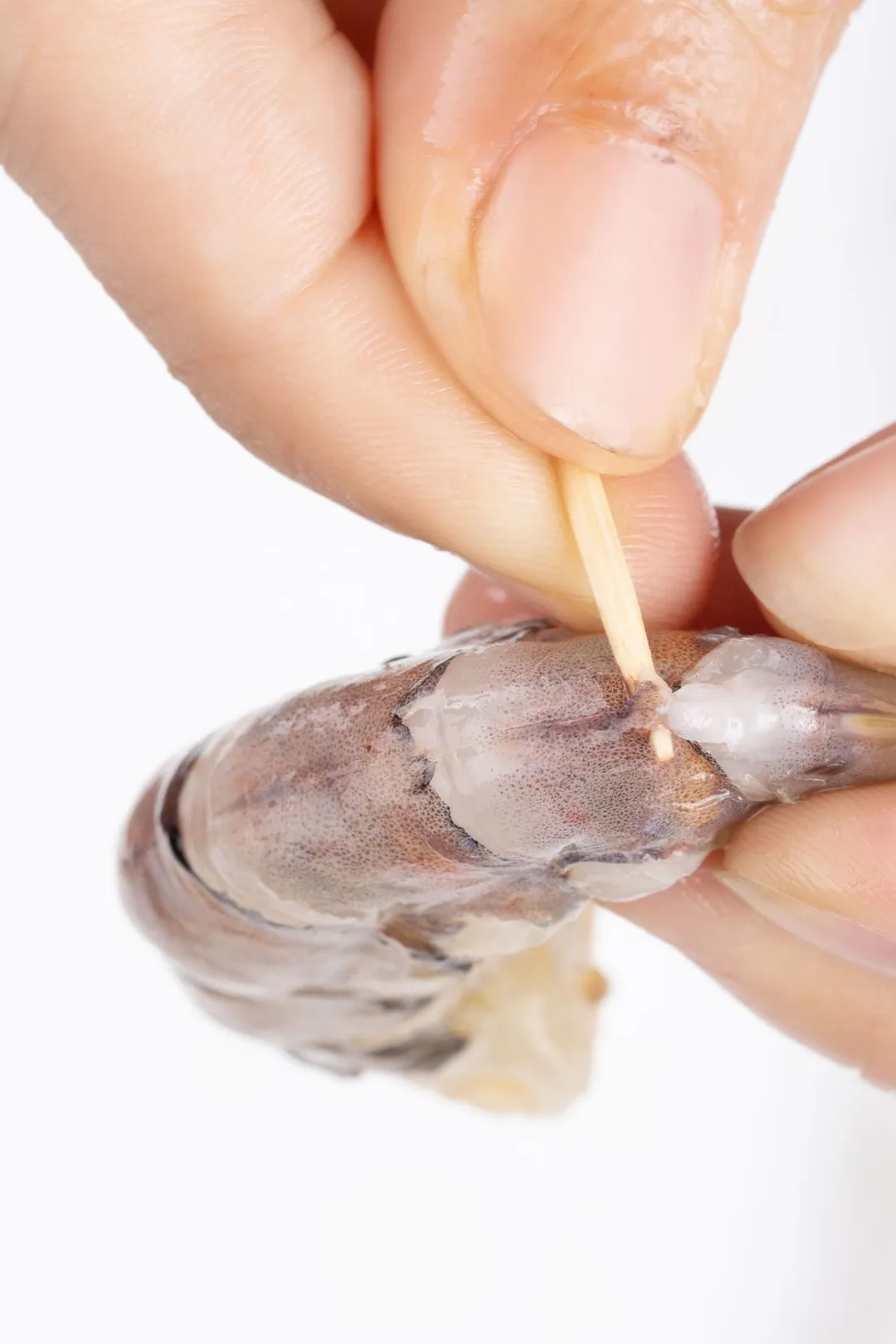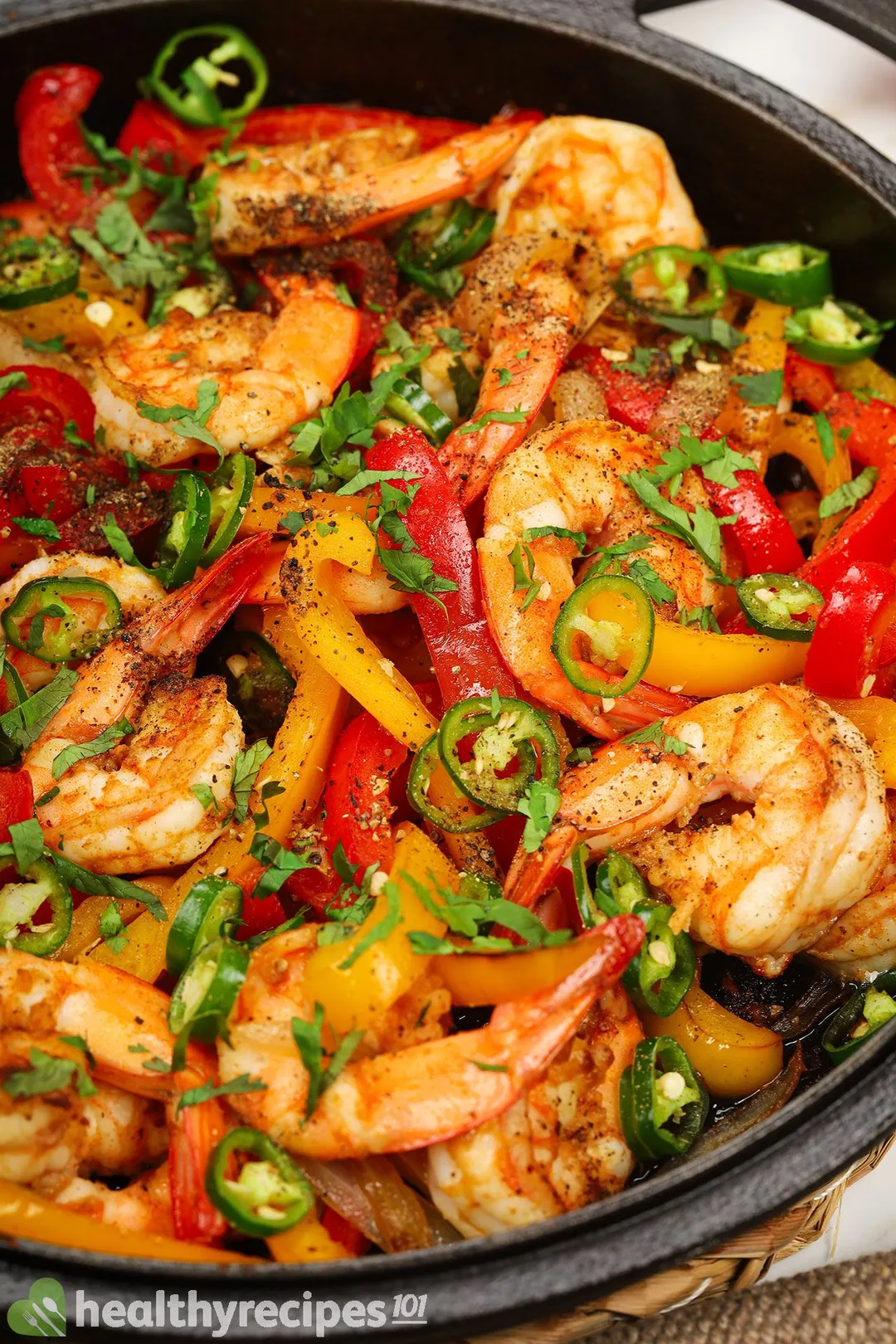In this article, we will show you how to clean shrimp properly to turn them into delicious meals.
Before we start, we figured you might wonder whether you absolutely have to clean them. Let’s find out.
Is Cleaning Shrimp Really Necessary?
Cleaning shrimp properly before cooking is an important step, but it's not always necessary.
Most of the time, frozen shrimp are already cleaned, peeled, and deveined. This is what makes them convenient because you can cook them right away.
However, it is not the same for whole raw shrimp, as you have to prepare them yourself.
It may take some extra time and effort, but it's actually an easy process.
How to Clean Shrimp before Cooking
Peeling the Shrimp
Before you start, grab a colander or a metal bowl and place it in the sink. This will be the container for your peeled shrimp. You may need a pair of kitchen scissors as well.
Here's how to peel shrimp:
- The tip of a shrimp head is sharp and prickly and can cut your hands. To prevent this, use kitchen scissors to cut those sharp tips. (This is an optional step, you can skip it and start with the next.)
- Twist the shrimp head and break it apart from the body. (You may find some runny gunk coming out and staining the shrimp. Just keep going; we will wash it off later.)
- Starting from the first segment, slide your thumb under to the side of the shrimp and peel it over itself. You should be able to remove both the shell and the legs altogether. Keep peeling and working your way down to the tail.
- The tail is a bit trickier to remove. Hold the shrimp in one hand and pinch the tail in the other hand. Pull from opposite directions to detach the tail.
- Put the shrimp into the colander. Discard the shell and repeat with the remainder.

Sometimes you may come across recipes or cooking methods more suitable for shell-on or whole shrimp. In that case, you can move on to the next preparation step: removing the vein.
Deveining the Shrimp
Although crustaceans don't have blood vessels, they do have a single vein that runs along their back. That is part of their digestive system.
Sometimes, the vein may still contain sand and things that are not fully digested in the shrimp digestive tract. However awful as that may sound, the vein should be safe for you to consume, provided the shrimp are fully cooked. Don’t worry, the yucky undigested stuff in the vein won't affect the taste of the shrimp.
That being said, the shrimp will look a lot more appetizing without that very visible black thread, so we recommend spending some time removing the vein. Here's how you do it:
- Use a sharp paring knife and make a shallow cut along the back of the shrimp to reveal the vein. (Use kitchen scissors if you have shell-on shrimp.)
- Use the tip of the knife to help you lift the vein.
- The vein runs to the tail, so pull it out entirely. (Don’t worry if the vein breaks half away and spills black gunk. You can wash it off later.)
- Discard and repeat with the rest.

These are the basic methods of peeling and deveining shrimp. You can check out a few creative ways that we’ve shown in our article on how to peel and devein shrimp.
Rinsing the Shrimp
Whether your shrimp are whole or peeled, rinsing is a crucial part of preparation. Here’s how you do it:
- Turn on the water and keep it running gently.
- Rinse a single shrimp at a time, washing off any gunk you may have previously encountered. Repeat with the remaining shrimp.
- Once all the shrimp have been rinsed, give them a quick final swirl under the running water.
- Turn off the faucet and shake the colander to remove excess water.
- Pat the shrimp dry with paper towels and place them into a bowl or on a plate. Set it aside. Your shrimp are ready for cooking.
Before you cook, we recommend spending about 5 minutes cleaning the sink to ensure a clean kitchen environment:
- Throw the waste into your garbage disposal.
- Wash all kitchen tools that you have used for the shrimp and the sink thoroughly with a sponge and dish soap to prevent cross-contamination. Rinse everything with water.
- Finally, wash your hands with soap and water as well.
Now that everything is clean, you can start cooking your shrimp.
Optional Preparation for Shrimp
Do You Clean Shrimp with Lemon?
Yes, you can clean shrimp with lemon, but that is not a necessary task when preparing shrimp.
Its strong citrus scent and flavor of lemon can be used to mask the fishy smell of shrimp and make it taste fresher. Marinating the shrimp in lemon juice also improves the texture of the shrimp, making it crunchier.
That being said, don't go and grab a lemon and rub it on the shrimp.
If you want to know how to clean shrimp with lemon, it’s simple. Squeeze some lemon juice into a large mixing bowl and place in a few lemon slices as well.
Once your shrimp are peeled and rinsed, you can toss the crustaceans with lemon juice and slices. Leave them to marinate for about 5 minutes before rinsing the shrimp thoroughly with water.
Can You Clean Shrimp with Baking Soda?
We don’t know much about how to clean shrimp with baking soda but you can try it for yourself.
Bear in mind that there isn’t solid proof of whether this preparation method is necessary or effective so think of this as an interesting experiment.
We figure you may need to dilute the baking soda in water. Soak the shrimp in this alkaline water for about 5 minutes then rinse them thoroughly with water.
Another method you can try is to sprinkle baking soda over the shrimp and toss them together.
However, we suspect that the direct contact of the baking soda with the protein may compromise the flavor and texture of your shrimp, which may eventually result in an unpleasant gastronomical experience.
If you have tried this method, please comment below and tell us how it turned out for you. We would love to hear and learn from our readers.
Luna Regina
Writer, Author
